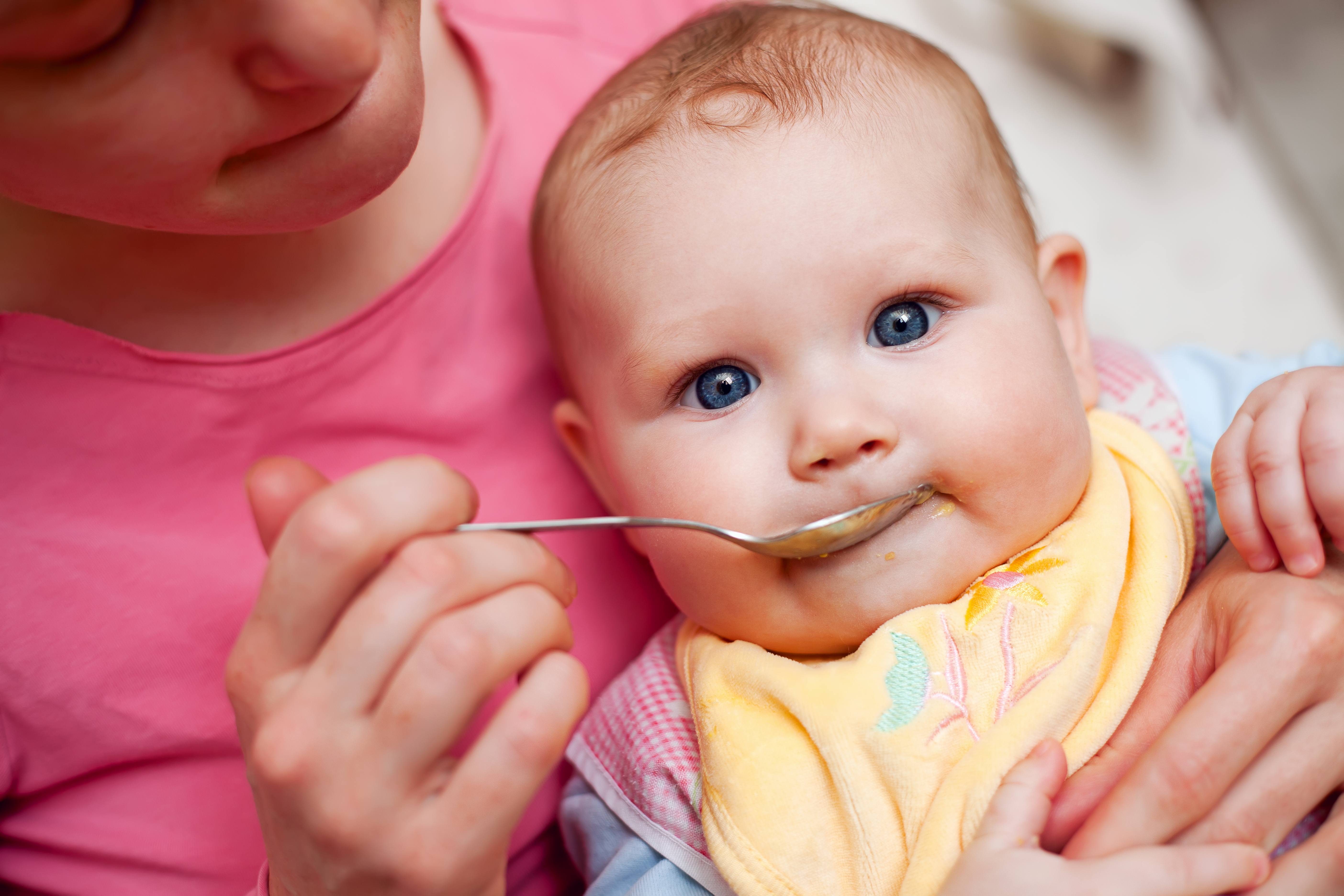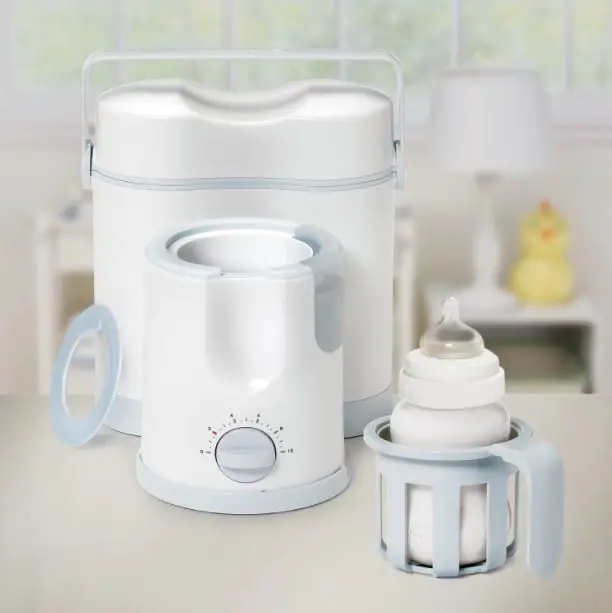How to Administer Gripe Water To Your Newborn?
How to Use Gripe Water
Being a parent, new or not, is always a challenge, but it’s even worse if your baby is always crying. If your baby cries more than 3 hours a day most days of the week, and it’s been going on for a while, then it’s likely that they are suffering from colic. Gripe water, a mixture of different herbs and sodium bicarbonate, is a popular home remedy for the condition, although science suggests that there is no reason to believe that it provides any relief at all. In this article, you will learn how to use gripe water to relieve your baby from the discomfort, plus everything you need to know about this popular concoction.
First, what exactly causes colic?
The cause of colic is still unknown, but doctors have their theories. According to them, it may be caused by gas, muscle spasm, stomach pain, and developing digestive system or nervous system. And while colic doesn’t cause long-term defects and goes away on its own within a couple of months, it can make taking care of your baby a difficult task. You may also be constantly worried that your baby is crying the majority of the time.
Before we go further on the topic of gripe water, you have to make sure first that your baby has colic and not other medical conditions that are similar to its symptoms (crying). You may want to look into these possible causes before looking for colic remedies:
- Acid reflux
- Body injuries
- Infection
- Pressure or inflammation in the brain
- Itchy eyes
- Irregular heartbeat
- Stomach problems
What is gripe water made of?
Gripe water is a liquid supplement usually made of sodium bicarbonate and herbs (like chamomile, licorice, cinnamon, ginger, clove, and others). It can be purchased over the counter and is also marketed to relieve teething pain, flatulence, and hiccups.
Does gripe water work?
Gripe water was first created in England in 1851, originally to treat malaria. As mentioned above, there is no scientific evidence that gripe water works to relieve colic. However, it remains to be a popular remedy because parents swear by it. Experts theorize that gripe water works to relax “colicky” infants simply because it tastes sweet. When it concerns the health and safety of your baby, it’s always best to get the opinion of your doctor before doing anything.
How to use gripe water to relieve colic
If your doctor gives the OK to use gripe water for your baby, there are things that you have to keep in mind before getting a bottle of this popular liquid.
- Make sure that it doesn’t contain alcohol—The original formulation of gripe water from 1851 contains alcohol and these are still sold in pharmacies. Make sure that the one you buy doesn’t contain any. As you may already know, giving alcohol to an infant is not a good idea
- Make sure it doesn’t have charcoal or vegetable carbon in it—It’s also common for some formulas of gripe water to have vegetable carbon/charcoal. This ingredient is not toxic to your baby but it can cause constipation and other stomach troubles, which will obviously only make the colic worse
- Avoid sugar. Sugar is another ingredient that you don’t want in the gripe water that you’re going to give to your baby. Excess sugar at this point in your child’s life will cause dental problems early on, which you do not want
Before giving anything to your baby, always read the instructions and check the recommended dosages on the label. Every gripe water is different so the method is going to vary as well. Once you’ve done that, here’s what you have to do next:
- Get an oral syringe or dropper. Since your baby is still too young and small to take something with a spoon, a syringe or a dropper is the best tool for administering medicine to them
- Place a cloth or bib under your baby’s chest to prevent spillage
- Shake the bottle well. A lot of mixtures have ingredients that separate from each other in the bottle, and gripe water is no exception
- Have your baby take ¼ teaspoon of gripe water every hour, 4 times a day. This applies to gripe water that doesn’t come with instructions that state otherwise
Watch out for allergies. Most don’t react negatively to gripe water, but as with any new food or drink introduced, you should watch out for any early signs and symptoms of allergies like itching, hives, swelling of the lips or the tongue, or diarrhea.
Alternative remedies
Even though gripe water is quite popular and has been mostly safe, you may not be comfortable giving your newborn an herbal remedy that isn’t exactly backed by science. If you find yourself doubting the efficacy of gripe water, or have tried it and saw no improvement, here are alternative methods you can try to relieve colic.
- Switch to a different formula—Parents have seen positive results from switching from standard cow’s milk formula to non-cow’s milk. According to research, hypoallergenic whey-hydrolyzed formula decreases colic in infants. This is likely because of lactose intolerance, so it’s best to talk to your baby’s pediatrician to determine any existing sensitivity
- Give your baby a massage—A relaxing massage is an easy way to relax your baby and stop the crying. Apply pressure on the belly. Some babies get instant relief from colic when pressure is applied on their belly. You can put your baby on your lap face down with your hand directly underneath the stomach area
Conclusion
No matter how you want to go about it, you should always consult a pediatrician before deciding on a remedy for colic, especially if it’s a homeopathic medicine like gripe water. It’s not toxic to your baby, but it’s always better to be safe than sorry.




